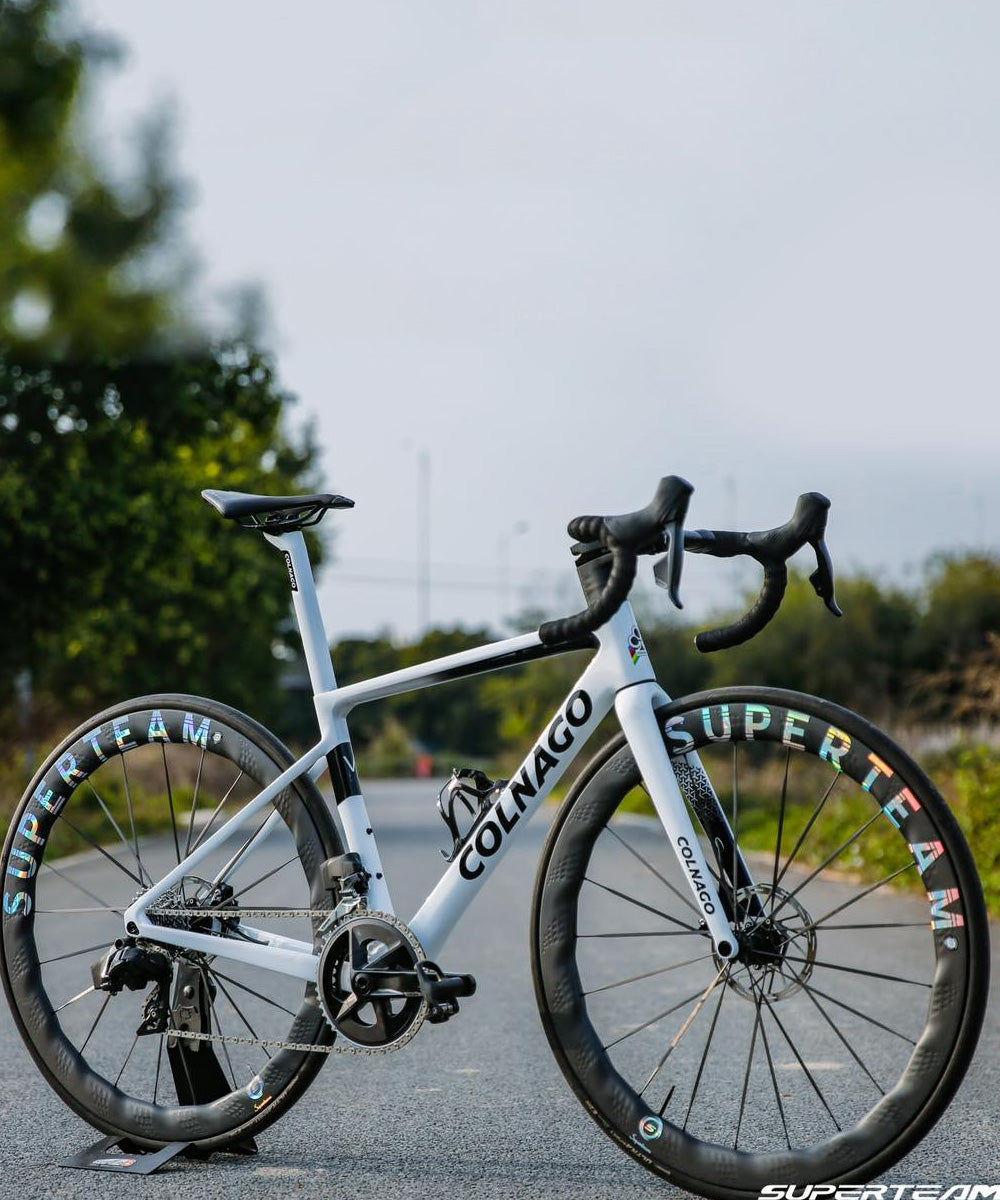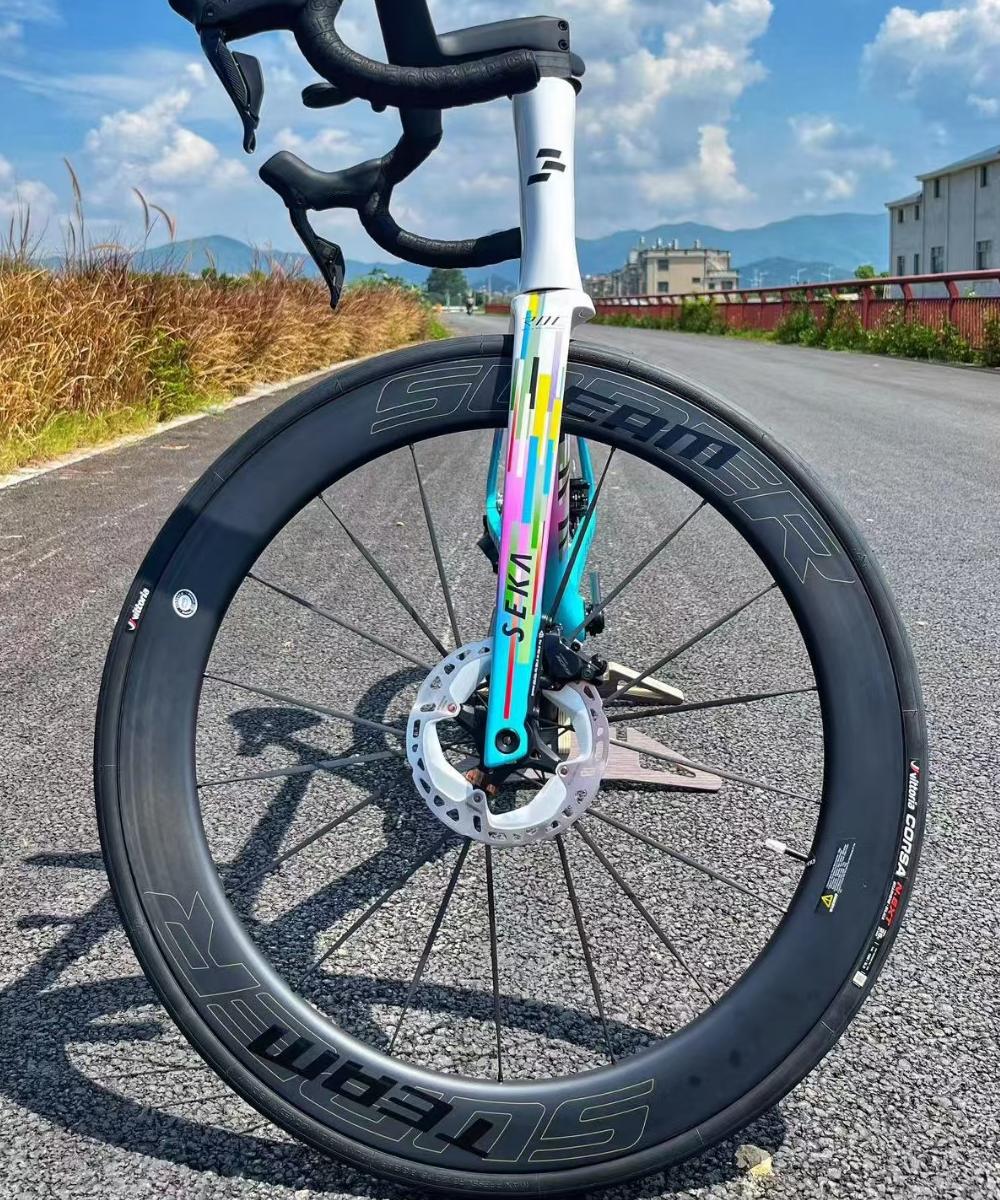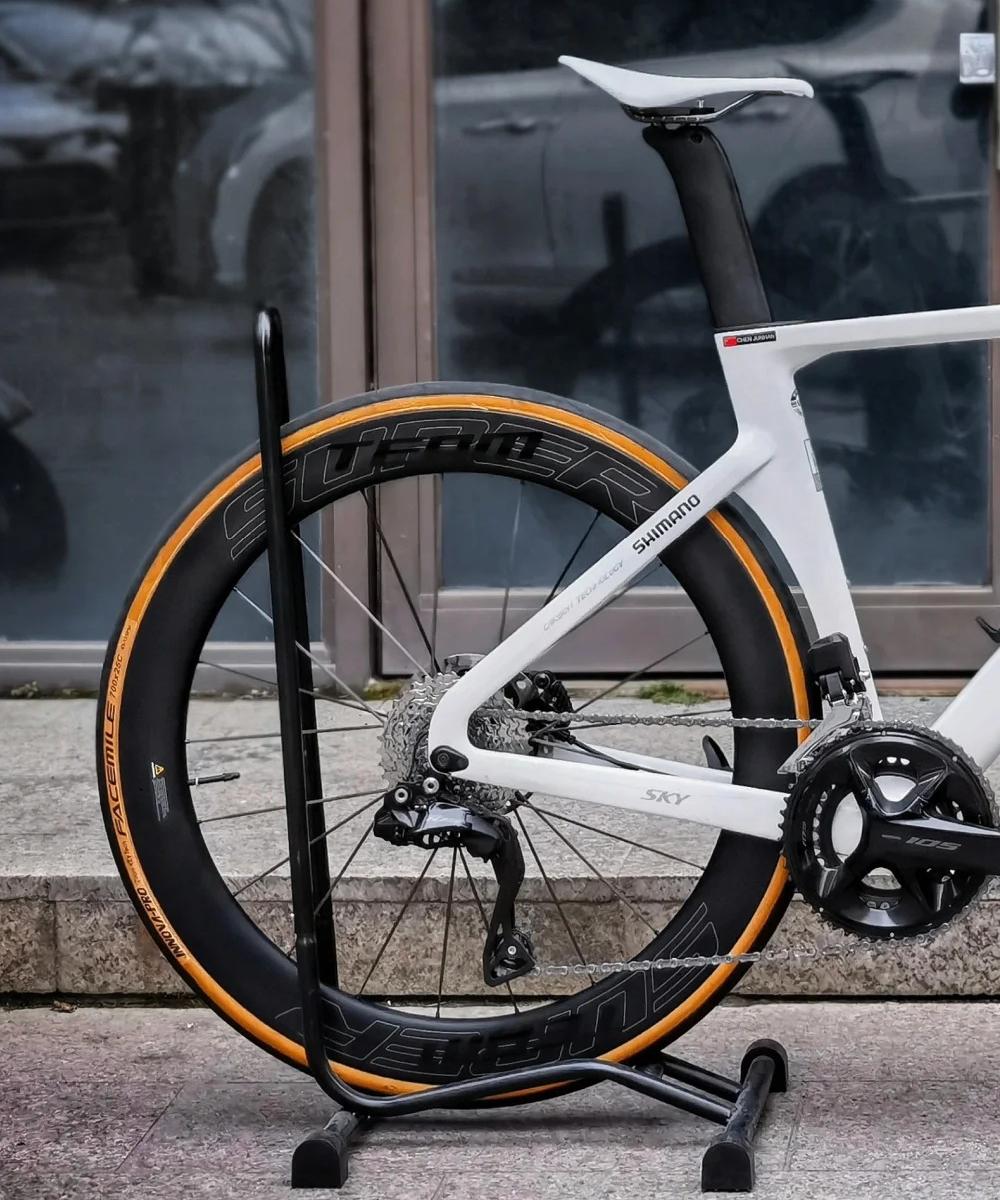The Impact of Hub Flange Diameter on Wheel Stiffness and Durability
When selecting or building a performance wheelset, cyclists often focus on rim depth, spoke count, and hub engagement. Yet one subtle but significant factor that deserves attention is hub flange diameter—the size of the circular flange where the spokes attach to the hub body. Though small in physical scale, flange diameter plays a critical role in determining wheel stiffness, spoke tension distribution, and long-term durability.
What Is Hub Flange Diameter?
The hub flange is the round, often slightly raised portion on each side of the hub shell where spoke holes are drilled. The flange diameter refers to the distance across this circle (not to be confused with the spacing between flanges, known as the flange-to-flange distance). Hub manufacturers often list it in millimeters, typically ranging from 38 mm to 65 mm, depending on whether it’s a front or rear hub and disc or rim brake configuration.
How Flange Diameter Affects Wheel Performance
1. Spoke Angle and Bracing Angle
A larger flange diameter results in a steeper spoke angle from the hub to the rim. This wider angle contributes to a larger bracing triangle, which increases lateral stiffness—especially useful in high-torque situations like sprinting or climbing out of the saddle.
More stiffness helps the wheel resist lateral flex under load.
Better power transfer is achieved during aggressive acceleration.
However, too much angle can increase spoke tension imbalance or make the wheel harder to build evenly.
2. Spoke Length and Tension Distribution
With larger flanges, spoke length is reduced, assuming the same spoke lacing pattern and rim size. Shorter spokes are inherently stiffer and may experience less elongation over time. This improves:
Tension balance between drive and non-drive side (especially in rear wheels).
Structural efficiency, as forces are transmitted more directly.
But if not properly tensioned, shorter spokes paired with a large flange may be more prone to fatigue in long-term use.
3. Durability and Stress Points
Flange size also affects how stress is distributed around the hub and spoke holes:
Larger flanges often spread the stress over a larger area, reducing the risk of cracking at spoke holes.
Some hubs use reinforced or thickened flanges to match large diameters, especially on disc brake rear hubs which endure high torque.
However, larger flanges may add a bit of weight and, in some cases, interfere with certain spoke lacing patterns (like radial lacing).
Use Cases: When Large or Small Flanges Make Sense
|
Use Case |
Recommended Flange Size |
|
Road racing (aero priority) |
Small to medium |
|
Gravel or all-road |
Medium |
|
MTB or CX (durability/stiffness) |
Large |
|
Track sprinting or crit racing |
Large |
Large flanges are popular in track, fixed gear, or gravity MTB where stiffness is critical.
Smaller flanges save weight and offer better aerodynamic properties, suiting road cyclists or climbers.
Things to Consider When Choosing
Hub-Rim-Spoke Compatibility: Make sure your flange size works with your desired spoke pattern and rim drilling.
Spoke Count and Pattern: Larger flanges can handle 2x or 3x patterns better; small flanges might suit radial lacing.
Brake Type: Disc brakes often benefit from larger flanges for better torque transfer and durability.
Final Thoughts
While often overlooked, hub flange diameter has a measurable impact on the ride characteristics and lifespan of a wheelset. Choosing the right flange size depends on your riding goals: stiffness and durability for aggressive or off-road use, or weight savings and aerodynamics for road performance. As part of a balanced wheel build, the flange diameter should match your riding style, terrain, and performance priorities.
In short: It’s not just about what’s spinning—it’s also about what’s holding the spin together.




